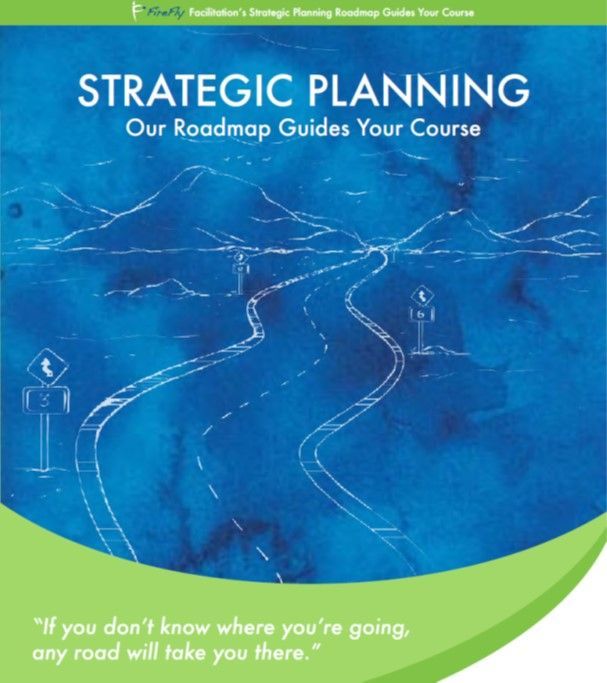Engaging Disconnected Team Members by Managing Team Dynamics
Team building using Legos to build a helicopter and escape the monsoon!
In my last post , I shared ideas for dealing with team members who are disengaged and drain the group of positive energy. This isn’t always just one person—sometimes the disconnection is the result of a wider problem with the company dynamic. Usually, I’ve seen these disconnected team members actually become involved once they feel valued. They may, in fact, be the very people who are the team drivers, but have not been valued before.
Some team building exercises are not worth much, but one that I’ve found effective is the Jungle Escape simulation. We used it with our entire Coca-Cola North America HR team so that we could be guinea pigs to test it out ourselves before we used it on our internal client groups.
In essence, each team gets a bag of helicopter parts made up of various size Lego pieces. The teams then need to build the helicopter in order to escape from a monsoon , using only a black and white picture and an actual model hidden behind a screen. The activity is intense enough to truly engage people—or bring their disengagement to light.
I had the opportunity to use this simulation with an accounting team at a regional bank . The leader had informed me prior to the session that his team was having a real issue with a division, based on floors. You see, one part of the team was on the first floor, along with the leader, while another was separated by just one level. This second-floor group truly felt like "second-class citizens" , which shows how significant a gap one floor can be!
As this team was putting together the helicopter, I noticed that Suzanne, one of "the second-class floor teammates", was busily working away, using the model to write in the colors of the parts on the black and white picture. When she returned to the group to show them what she had done, they barely looked up from their work. Barbara, another member of the less popular floor, sat there with a propeller in her hand, twirling it between her fingers, a look of complete disdain on her face. It was amazingly clear to me to see what was going on. Three people, including the leader, were huddled over the helicopter; the three from the other floor were on the outskirts.
Once the group had completed the building of the helicopter, it was time for the real learning to begin. I asked a few softball questions, and then I asked the participants how well they felt that they used all of the team members’ talents, and whether everyone had felt engaged. The three who had been actively working on the building avidly agreed that, yes, everyone had been really involved. I decided to address the proverbial elephant in the room. “Tell me, Suzanne and Barbara, did you both feel like your talents were used?”
Soon, it all began to pour out. The second-class group came to realize that the neglect was not intentional; the first-floor group came to realize no matter how unintentional, it was still painful, and caused them to lose an incredible asset to their team. The action planning that followed these team epiphanies was just as critical to the team’s future success. Although combining the two floors into one was not an option, there were several seemingly insignificant changes that combined to make a large impact. The location of staff meetings alternated between the two floors. Members of the different floors sought out and found opportunities to collaborate on cross-functional projects. The leader personally made an extra effort to reach out to those on the other floor, since he was now well aware of the negative impact that came when they didn’t truly feel although they were a part of one team.
So ask yourself—in addition to encouraging team members to open up about their personal lives, eliminating the sarcastic humor that keeps everyone’s armor on, and dealing directly with the disengaged and disenfranchised— what are some other ways that leaders can have a profound and positive impact on conflict within the team? What can you do to ensure that conflict is productive not only at the team level, but also in one-on-one interactions and between a leader and a subordinate?






